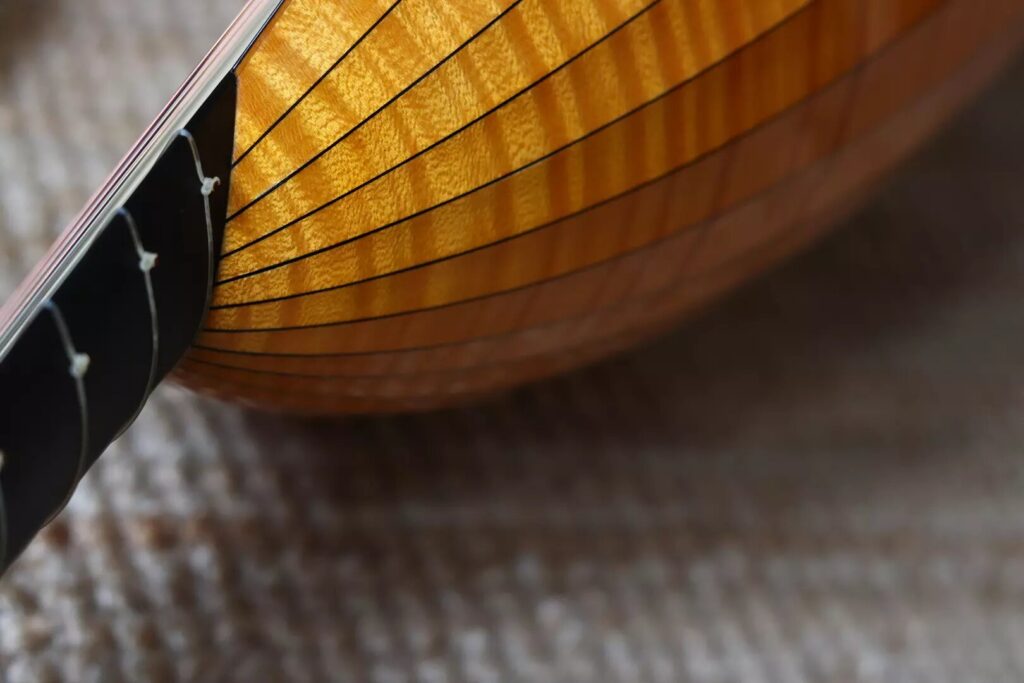
Use this button for PayPal:
Use this button for Stripe:
Latest Comments
Almost the whole course should be 440hz with some of the more recent pieces (this year's January Challenge) tuned to 415hz.
Alex
For those of us who are new to the lute and studying this course, is your lute tuned to A= 415hz?
Thanks Carlos! Hope you have a good time with the course!
Great course, Alex! 😃 I'm delighted to have stumbled onto the website. I viewed many of the videos for 2 days during free trial. This online course is exactly what I was searching for. Talking kept to a minimum, clear explanations, short demonstrations, porvidedwritten materials
I'm officially a 6 month subscriber. I like the way you've broken down the course into mini lessons (short in duration). Short and to the point will enable potential students go thru the lessons in a step-by-step manner.
Hey Ilona,
It's great that you're already becoming aware on when there is excess tension in your body whilst you are playing. It does become easier to notice and you will find that you naturally find a relaxed playing position. If you're finding that your lute has a fairly sharp edge (some lutes are made so finely that resting an arm on them can hurt!), then I would suggest placing a small cloth on the edge of the lute before you place your arm on it, or adjusting your arm position until you find a similar position that doesn't cause you any pain. As you say, we've all got slightly different geometries, so finding positions that are comfortable and "correct" is going to be different for every individual.
I hope that helps,
Alex
Okay, wow. This is a workout! ^^"
I really try to sit relaxed and not have any tension but I find it so hard.
I'm a 165cm small, big-chested woman so the lute is quite far away from my actual body and my right arm can't reach the point you reached without digging way into the lute which actually hurts (even only after watching your first three videos)
Any ideas?
What's New
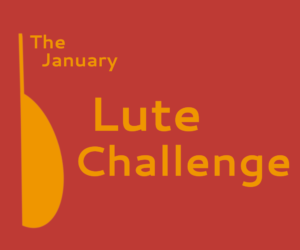
January Lute Challenge 25
January Lute Challenge 25 The challenge starts on 1st January 2025 It's a New Year and a new challenge! Join me for 8 new pieces this January. Twice a...

January Lute Challenge 24
January Lute Challenge 24 The challenge starts on 1st January 2024 It's a New Year and a new challenge! Join me for 10 new pieces this January. Twice a...

January Lute Challenge 23
January Lute Challenge 23 The challenge starts on 1st January 2023 Join me for 12 new pieces this January! Three times a week in January 2023 I'll upload a...
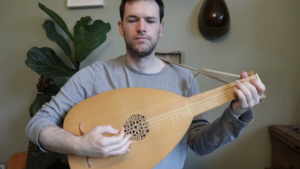
Lesson 15
Der hund mir vor by Hans Newsidler
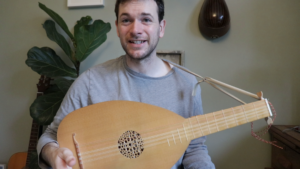
Lesson 14
Fecit Potentiam by Miguel de Fuenllana.
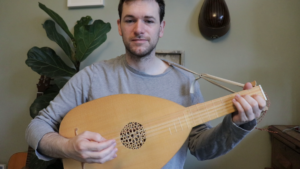
Lesson 13
Basse Dance by Pierre Blondeau.